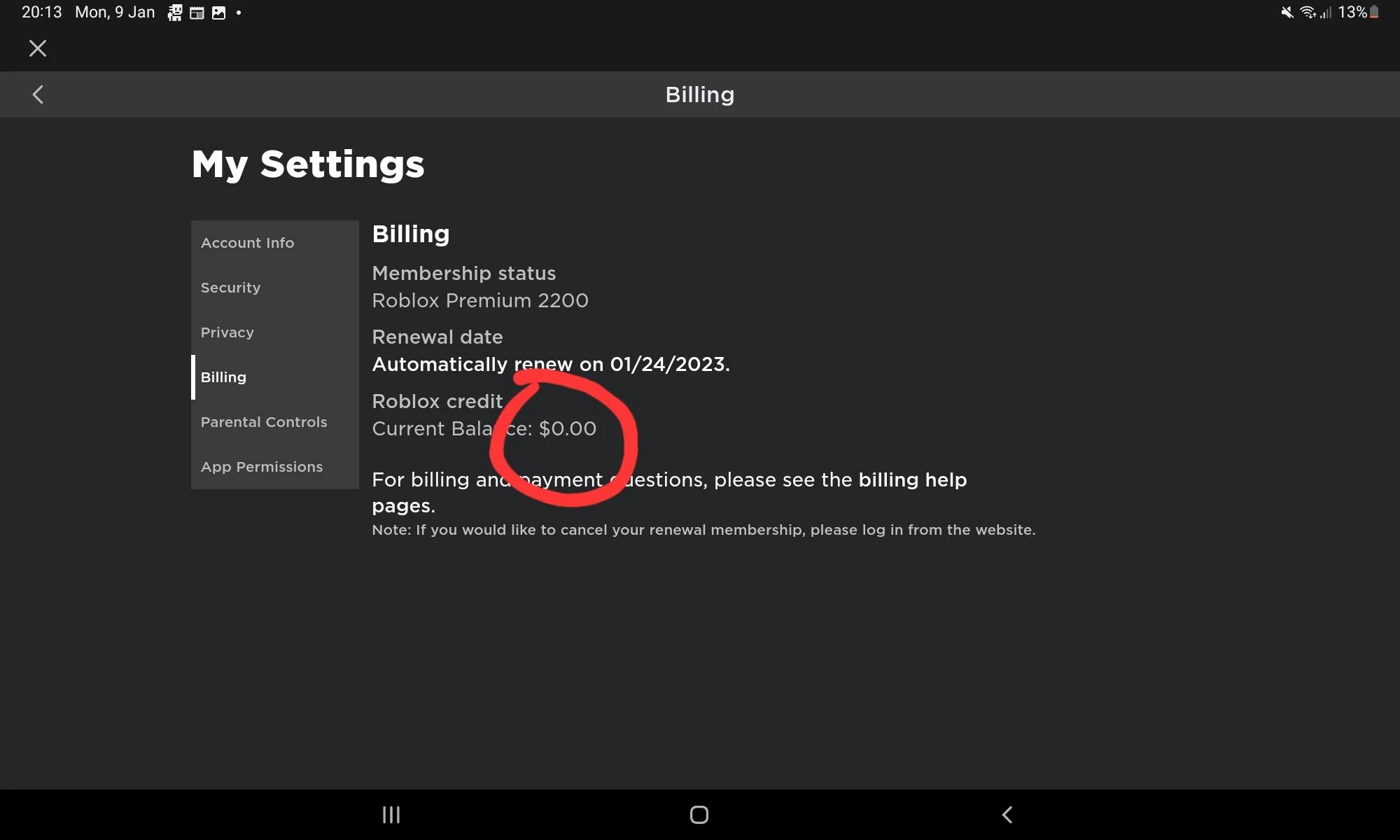Home>Finance>Market Indicators: Definition, How They’re Used, And Examples


Finance
Market Indicators: Definition, How They’re Used, And Examples
Published: December 22, 2023
Learn the definition, usage, and examples of market indicators in finance. Understand the significance of market indicators in evaluating financial data.
(Many of the links in this article redirect to a specific reviewed product. Your purchase of these products through affiliate links helps to generate commission for LiveWell, at no extra cost. Learn more)
Market Indicators: Definition, How They’re Used, and Examples
When it comes to finance, understanding market indicators is crucial for making informed investment decisions. Market indicators are tools used by investors and analysts to track the direction and health of various financial markets. By monitoring these indicators, investors gain valuable insights into the market’s performance, trends, and potential risks. In this blog post, we will explore the definition of market indicators, how they are used, and provide some examples for better understanding.
Key Takeaways:
- Market indicators are tools used by investors and analysts to track the direction and health of financial markets.
- Common market indicators include stock market indices, interest rates, inflation rates, and economic indicators.
What are Market Indicators?
Market indicators are measurements or statistics that provide valuable insights into the overall health and performance of financial markets. These indicators help investors, traders, and analysts assess market trends, potential risks, and make well-informed investment decisions. They are important tools for understanding the current state of the market and predicting future movements.
How are Market Indicators Used?
Market indicators are used in various ways by investors and analysts to analyze market behavior and identify potential opportunities or risks. Here are a few common uses of market indicators:
- Identifying market trends: Market indicators help investors identify and understand the prevailing market trends. They provide insights into whether the market is bullish (rising) or bearish (falling).
- Assessing market sentiments: Market indicators gauge investors’ sentiments and help analyze whether the market is overbought (too optimistic) or oversold (too pessimistic).
- Timing entry and exit points: By analyzing market indicators, investors can identify optimal entry and exit points for their investments, maximizing potential profits and minimizing losses.
- Forecasting future market movements: Market indicators can provide valuable insights into potential future market movements, helping investors make predictions and adjust their strategies accordingly.
Examples of Market Indicators
There are various types of market indicators that investors and analysts use. Here are a few examples:
- Stock Market Indices: Widely used indicators like the S&P 500, Dow Jones Industrial Average, or NASDAQ Composite index provide an overview of the overall stock market performance.
- Interest Rates: Changes in interest rates, such as the Federal Reserve’s benchmark interest rate or bond yields, can have a significant impact on investment decisions and market trends.
- Inflation Rates: The inflation rate measures the rise in the general price level of goods and services. It affects purchasing power and influences investment decisions.
- Economic Indicators: Economic indicators, including GDP growth, employment rates, consumer confidence, and retail sales, provide insights into the overall health of the economy and influence market movements.
These examples represent just a fraction of the numerous market indicators used in finance. Each indicator offers specific insights into different aspects of the markets, helping investors make informed decisions and navigate the complex world of finance.
In conclusion, market indicators are powerful tools that help investors and analysts assess market performance, identify trends, and make informed investment decisions. By understanding and monitoring these indicators, individuals can improve their financial outcomes and better navigate the ever-changing dynamics of the market.
Remember, staying informed and up-to-date with market indicators is crucial for successful investing. Finance is all about making well-informed decisions, and market indicators provide a vital foundation for this. So, arm yourself with knowledge, keep an eye on key market indicators, and maximize your potential for investment success!














